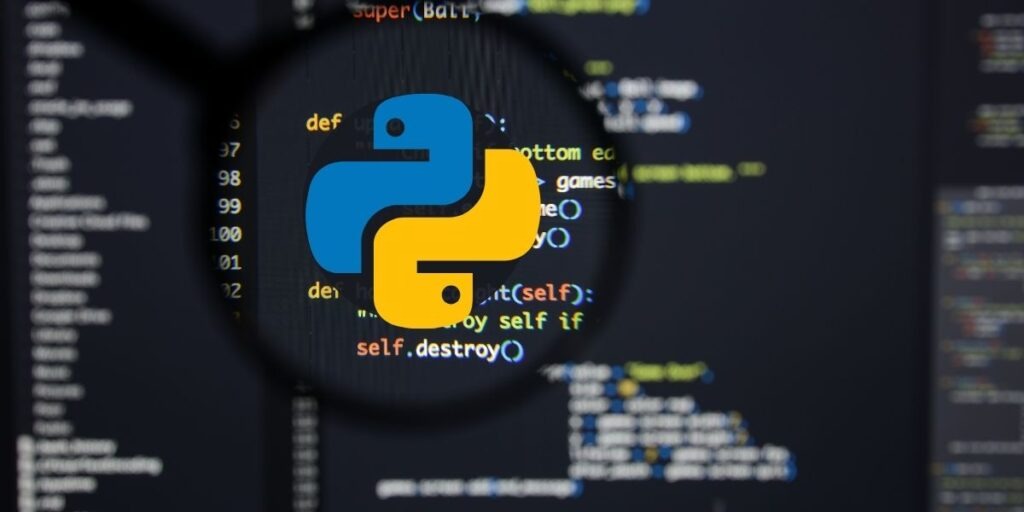Python is one of the most popular programming languages that has consistently ranked at the top in various surveys. With the development of data science, Python has become even more popular due to its efficient data processing capabilities. In this article, we will explore the question – what is Python? We will also discuss the steps to learn Python programming.
Introduction to Python
When talking about programming languages, it is impossible not to mention Python. It is a high-level, open-source, and cross-platform programming language that was introduced by Guido van Rossum in 1991. Since then, Python has gone through three different phases of development, corresponding to the different versions released. The latest version, Python 3x (3.12.3) is set to expire on April 9th, 2024. One of the notable features of Python is its clear and concise syntax, making it easy for beginners to learn and use.
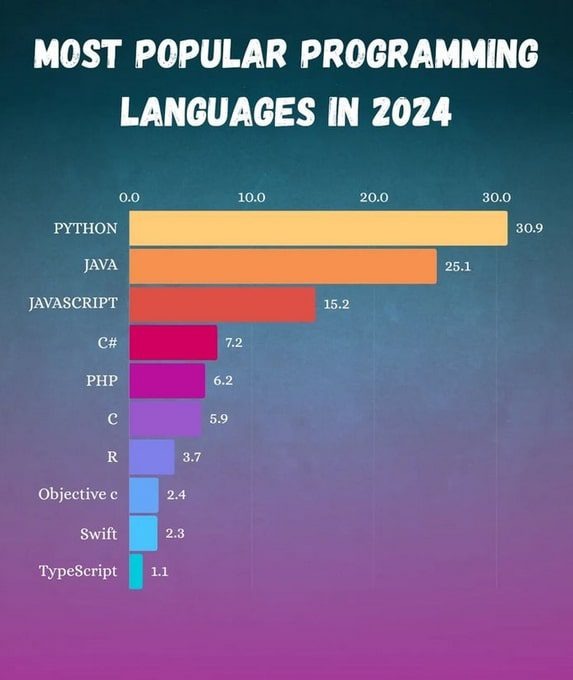
Before delving further into the details of Python, let us take a look at the rankings of the most popular programming languages in 2024, as published on the official Twitter page of Python Developer.
| Rank | Programming Language |
|---|---|
| 1 | Python |
| 2 | Java |
| 3 | JavaScript |
| 4 | C++ |
| 5 | C |
| 6 | PHP |
| 7 | R |
| 8 | Swift |
| 9 | Objective-C |
| 10 | Kotlin |
From the above table, we can see that Python is currently the most widely used programming language in the world. But what makes it so popular among developers? Let us find out.
History and evolution of Python
To truly understand what Python is, we must first look into its history and evolution. As mentioned earlier, Guido van Rossum introduced Python in 1991 as a successor to the ABC programming language. It was initially conceived as a hobby project, but it quickly gained popularity due to its simplicity and versatility.
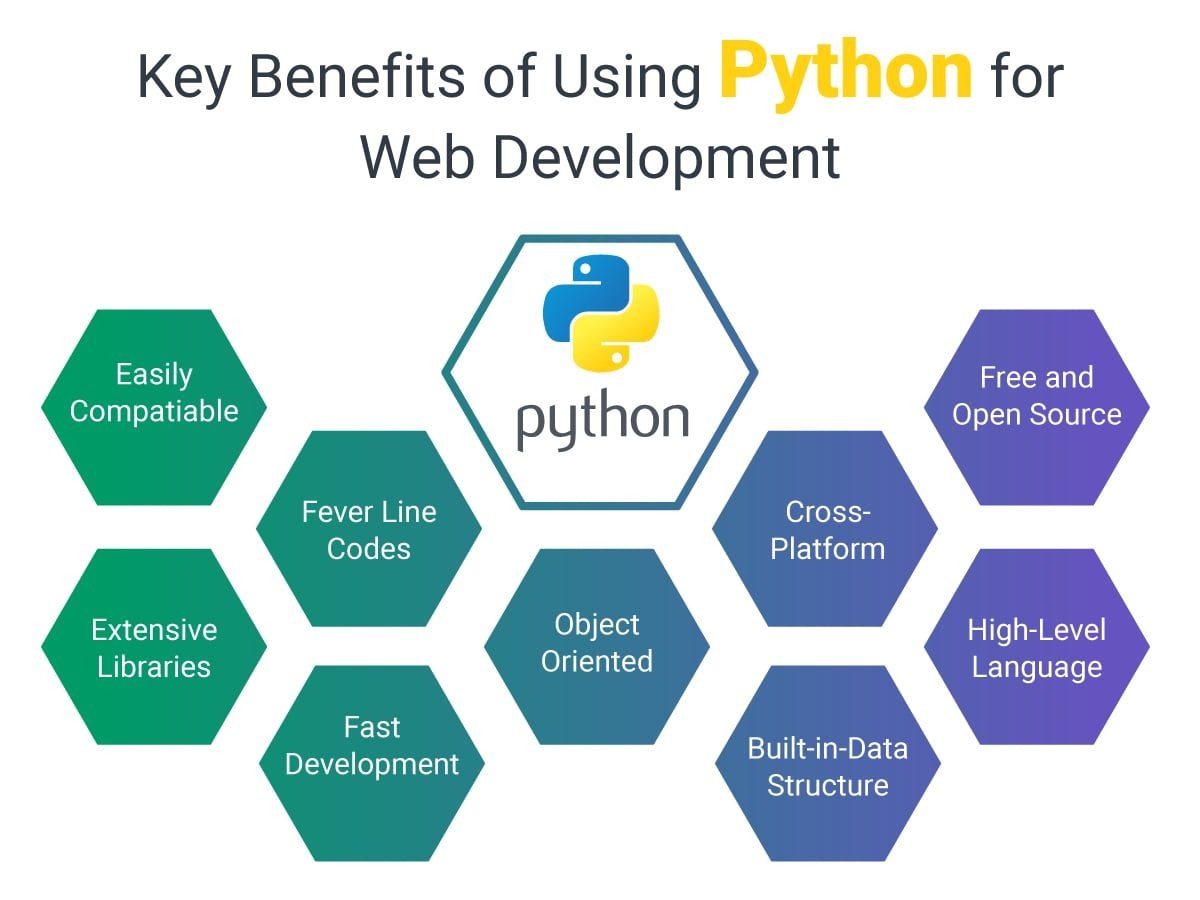
The first version, Python 0.9.0, was released in 1991 and was followed by several significant releases, such as Python 2.0 in 2000 and Python 3.0 in 2008. The latest major release, Python 3.9, was released in October 2020.
One of the reasons for the continuous development and improvement of Python is due to its open-source nature. This means that anyone can contribute to the development of the language, leading to a vibrant and active community of developers constantly working to make Python better.
Why is Python so popular?
Now, let us take a closer look at why Python is the go-to choice for many programmers.
Simple and readable syntax
One of the main reasons for Python’s popularity is its simple and easy-to-read syntax. Unlike other programming languages that use complex punctuation and symbols, Python’s syntax resembles English, making it easier for beginners to grasp. This also makes it easier to write and maintain code, reducing the chances of errors.
Versatility
Python is a versatile programming language used in various fields such as web development, data science, artificial intelligence, machine learning, and more. This versatility has led to its widespread use in different industries, making it one of the most in-demand skills in the job market.
Large standard library
Another advantage of using Python is its extensive standard library, which contains a wide range of modules and functions that can be used for various tasks. This eliminates the need to write code from scratch, reducing development time and effort.
Wide community support
As mentioned earlier, Python has a vast and active community of developers who contribute to its development and provide support to fellow developers. This means that if you encounter any issues while coding in Python, you can always find help from the community.
How to learn Python?
Now that we have gained an understanding of what Python is and why it is so popular, let us discuss the steps to learn this programming language.
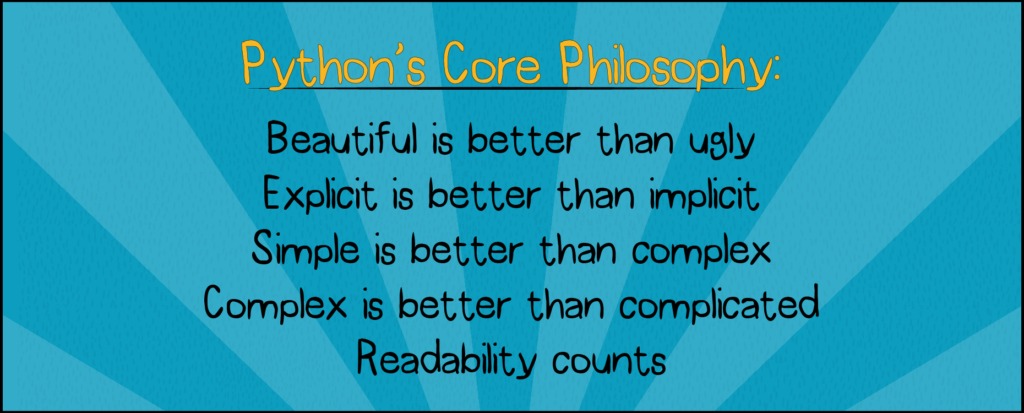
1. Familiarize yourself with the basics
Before diving into the more advanced concepts, it is essential to understand the basics of Python. This includes learning about data types, variables, loops, conditional statements, and functions. There are numerous online resources such as tutorials, courses, and books available to help you get started.
2. Practice coding
The best way to learn anything is by practicing, and the same applies to Python. As you learn new concepts and syntax, practice writing code to solidify your understanding. You can also find practice exercises and challenges online to hone your skills.
3. Learn from others
Python has a large and supportive community of developers, and you can take advantage of this by learning from them. Join online forums, attend meetups, and participate in coding communities to learn from experienced developers.
4. Work on projects
After gaining a basic understanding of Python, start working on projects to apply your knowledge. This will not only help you gain practical experience but also build your portfolio, which can impress potential employers.
5. Keep learning
Python is constantly evolving, and new updates and features are being added regularly. Therefore, it is essential to keep learning and stay updated with the latest trends and advancements in the language.
Applications of Python
As mentioned earlier, Python is a versatile programming language used in various fields. Some of the applications of Python include:
Web development
Python is widely used for web development, both on the server-side and client-side. Popular web frameworks such as Django, Flask, and Pyramid are built using Python.
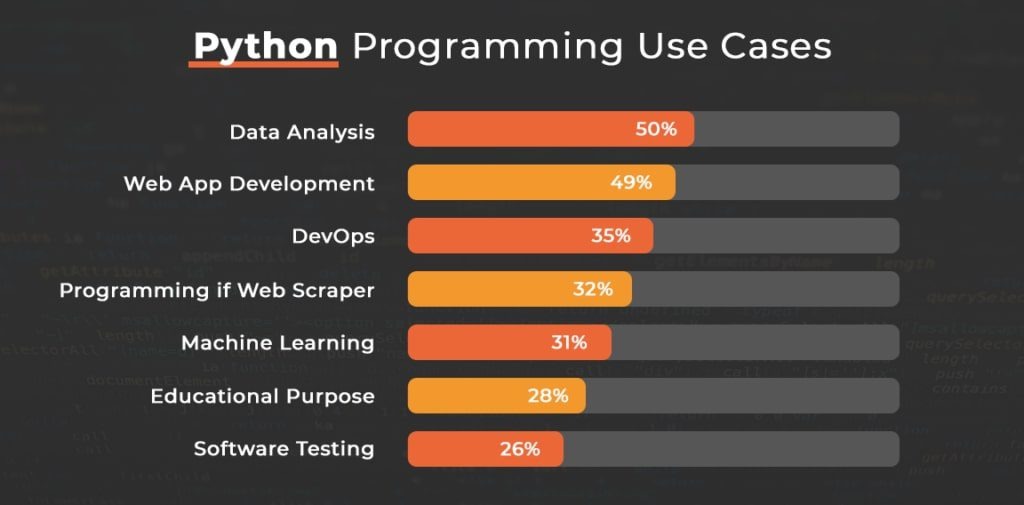
Data science and machine learning
With the rise of big data and data analysis, Python has become the go-to language for data scientists and analysts. Its efficient data processing capabilities, coupled with popular libraries like Pandas, Numpy, and Scikit-learn, make it an ideal choice for working with large datasets.
Artificial intelligence
Python is also widely used in artificial intelligence and machine learning projects. Popular libraries such as TensorFlow, PyTorch, and Keras make it easier to develop AI and ML models using Python.
Scripting and automation
The simple syntax and wide range of libraries make Python an excellent choice for scripting and automation tasks. It is widely used for writing scripts to automate repetitive tasks, such as system administration, file management, and more.
Conclusion
In conclusion, Python is a high-level, open-source, cross-platform programming language that has gained immense popularity over the years. Its readability, versatility, and large community support have made it the top choice for many developers and organizations. If you are new to programming, learning Python can be an excellent starting point for your journey into the world of coding. With constant practice and dedication, you can master this powerful language and explore its vast applications.





